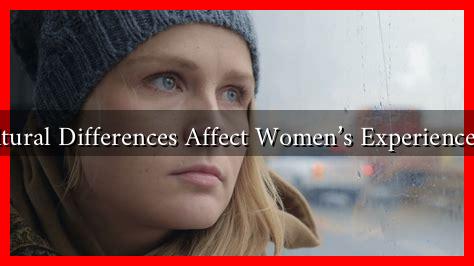-
Table of Contents
- How Do Cultural Differences Affect Women’s Experiences with Veils?
- The Significance of Veils Across Cultures
- Varied Experiences Based on Cultural Context
- Middle Eastern Context
- Western Context
- Case Studies: Personal Narratives
- Fatima from Egypt
- Leila from France
- Statistics and Research Findings
- Conclusion: Embracing Diversity in Experiences
How Do Cultural Differences Affect Women’s Experiences with Veils?
The practice of wearing veils is deeply rooted in various cultures and religions around the world. For many women, veils symbolize modesty, spirituality, and cultural identity. However, the experiences of women who wear veils can vary significantly based on cultural context, societal norms, and personal beliefs. This article explores how cultural differences shape women’s experiences with veils, highlighting the complexities and nuances involved.
The Significance of Veils Across Cultures
Veils are not merely pieces of fabric; they carry profound meanings that differ across cultures. Here are some key aspects of their significance:
- Religious Symbolism: In many Islamic cultures, the hijab or niqab is seen as a religious obligation, representing a woman’s commitment to her faith.
- Cultural Identity: In some communities, wearing a veil is a way to express cultural heritage and identity, linking women to their ancestry.
- Social Status: In certain societies, the type of veil worn can indicate social status or marital status, influencing how women are perceived within their communities.
Varied Experiences Based on Cultural Context
Women’s experiences with veils can differ dramatically depending on the cultural context in which they live. Here are some examples:
Middle Eastern Context
In many Middle Eastern countries, wearing a veil is often mandated by law or social custom. For instance, in Saudi Arabia, women are required to wear an abaya and cover their hair in public. This can lead to:
- Empowerment: For some women, wearing a veil is a source of empowerment and pride, allowing them to embrace their identity.
- Oppression: Conversely, others may feel that the requirement to wear a veil restricts their freedom and autonomy.
Western Context
In contrast, women in Western countries may choose to wear veils as a personal expression of faith or cultural identity. For example, in France, where the wearing of religious symbols in public schools is banned, Muslim women may face challenges in expressing their identity. This can lead to:
- Discrimination: Women who wear veils may experience discrimination or prejudice, impacting their social interactions and employment opportunities.
- Solidarity: On the other hand, some women find solidarity within their communities, forming support networks that empower them to navigate these challenges.
Case Studies: Personal Narratives
To better understand the impact of cultural differences on women’s experiences with veils, consider the following case studies:
Fatima from Egypt
Fatima, a 28-year-old teacher in Cairo, wears a hijab as a personal choice. She describes her experience as one of empowerment, stating, “Wearing the hijab allows me to focus on my education and career without being judged for my appearance.” Fatima’s story illustrates how cultural acceptance can foster a positive experience for women who choose to wear veils.
Leila from France
In contrast, Leila, a 22-year-old student in Paris, has faced challenges due to her decision to wear a hijab. She recounts instances of discrimination in job interviews, where her appearance led to biases against her qualifications. Leila’s experience highlights the difficulties women may encounter in more secular societies.
Statistics and Research Findings
Research indicates that cultural attitudes towards veils significantly influence women’s experiences:
- A study by the Pew Research Center found that 62% of Muslim women in the Middle East feel that wearing a veil is a personal choice, while 38% believe it is a societal obligation.
- In Western countries, 54% of Muslim women reported experiencing discrimination based on their choice to wear a veil, according to a report by the European Network Against Racism.
Conclusion: Embracing Diversity in Experiences
The experiences of women who wear veils are shaped by a complex interplay of cultural, religious, and societal factors. While some women find empowerment and identity in their choice to wear a veil, others may face challenges and discrimination. Understanding these diverse experiences is crucial for fostering respect and dialogue across cultures. As societies continue to evolve, it is essential to embrace the diversity of women’s experiences with veils, recognizing that each woman’s story is unique and valuable.
For further reading on the topic, you can explore resources from organizations like Pew Research Center and European Network Against Racism.

